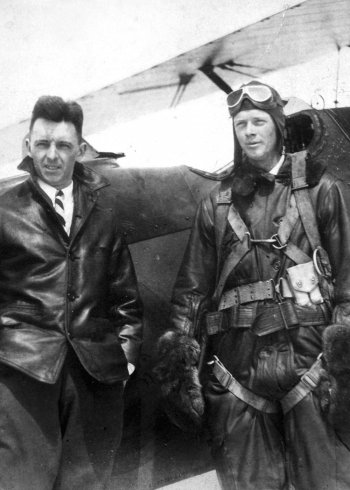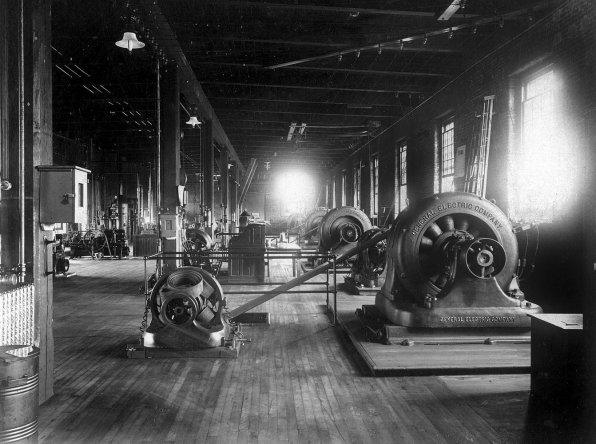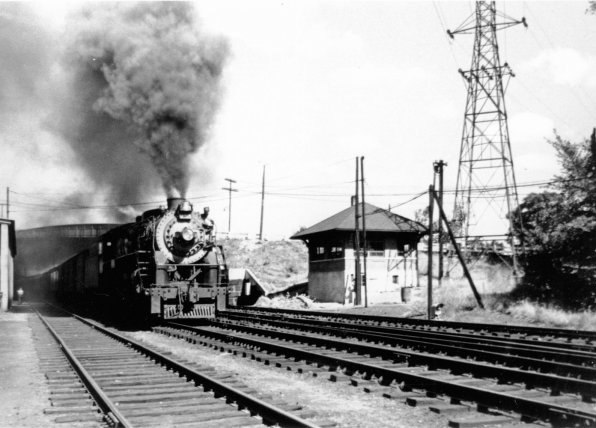Hey there, history buffs! You already know that we at the Insider love our history, what with our “This Week in Concord History” and “Concord Fables” features. We get the stories for those features from dusty old history books, some of which are hundreds of years old. So we were understandably excited to get our hands on the new offering from the Concord Historical Society, “Crosscurrents of Change: Concord in the 20th Century.”
Think about it: In today's digital age when all the information one could ever want is just a Google search away, when was the last time you saw a new history book?
“Concord is one of just a few communities in New England to make a serious attempt to preserve local history,” Crosscurrents editor John Milne said. “Many cities and towns updated their municipal histories about the time of the American Revolution bicentennial, leaving about a quarter of the century unrecorded, and as the participants in those activities become infirm or forgetful, that knowledge will be lost – or preserved by those who can frame events in ways they wish people would remember.”
We've got some excerpts and awesome historical photos from the book that we can share here. If you like what you see, look for the book at Gibson's Bookstore, the Greater Concord Chamber of Commerce, the Museum of New Hampshire History and the State House gift shop starting May 3. There will also be a reception, book signing and dedication ceremony at the Concord Public Library on May 9 from 5:30 to 7:30 p.m. Copies of the book will be on sale and authors and editors will be on hand to sign copies.
This excerpt, “Monitor Editor James M. Langley and Mayor J. Herbert Quinn,” comes from the Media chapter.
In the last years, after he had sold the Monitor to the Dwight family, but while he was still editor, (James) Langley played a central role in the 1967 impeachment of Mayor J. Herbert Quinn. Although he supported Quinn's effort to open aldermanic budget meetings to the public, Langley's editorials repeatedly criticized the brash and populist new mayor. Quinn ordered his department heads obtain the mayor's approval before talking with reporters, and on July 14, 1966, Langley wrote: “Concord has a would-be dictator at City Hall, an imperious incompetent who thinks the government became his personal property when he won his election as Mayor.”
A running battle between Quinn and a majority of the aldermen continued as Langley's criticism swelled to a crescendo. While state politicians preferred their drinks at the New Hampshire Highway Hotel, Langley had joined the city bigwigs in the Gold Brick Lounge. Langley sat at a dimly lit table in the rear of the bar, drinking alone and discouraging conversation, but listening when Quinn bragged about what he would do. The braggadocio appeared in the Monitor's news stories and editorials the next day. Quinn, stung and frustrated, struck back at Langley.
On June 28, 1967, Concord Police Officer Donald Ash and Quinn himself staked out the motel in a police cruiser, hoping to pinch Langley on a drunken driving charge. They failed; Langley had already left. Many Concord residents concluded that the mayor had abused his power when Quinn ordered police to arrest one of his political antagonists. A little over a month later, the Board of Aldermen voted to impeach Quinn and remove him from office.
Almost exactly a year later, June 20, 1968, Langley was back drinking at the Brick Tower. He suffered a heart attack. A Concord Police ambulance and three officers responded. As he lay on a stretcher, Langley spoke to the officers.
“Is one of you Ash?”
Patrolman Ash acknowledged his presence.
“You finally got me,” Langley said, and he smiled.
The editor was taken to the hospital he built, but the years of smoking and drinking were too much for the medical team at Concord Hospital. Three days later, Langley was dead, felled by a stroke. He was 73.
This excerpt about Concord's bootlegging Prohibition days come from the introduction. Enjoy.
Catherine Cozzi was born in the clapboard house at 26 Walker Street where she lived for the rest of the century. Her father, Louis Cozzi, cut stone in the granite quarries on Rattlesnake Hill. Her mother, Philomene, bore fifteen children. Philomene's cooking was famous; stonecutters came up from Milford for dinners.
Louis Cozzi moonlighted as a bootlegger. Each fall the families in Fosterville ordered grapes from Boston; Philomene took orders all week. The truck arrived on Friday night, and Philomene drew the curtains so no one could see the transactions inside.
The Cozzis had a grape press in the basement and the grapes were crushed three times; the first was a red wine for drinking; the second was a strong white wine that Louis called moonshine, and the last, grappa made from the skins and other residue, called pomace.
The wine was bottled and the bottles were buried in the sandy basement of Catherine's sister Theresa Bertolami. A bottle or two wound up filling the Communion chalice at St. John's, the white clapboard Roman Catholic Church on Bradley Street.













